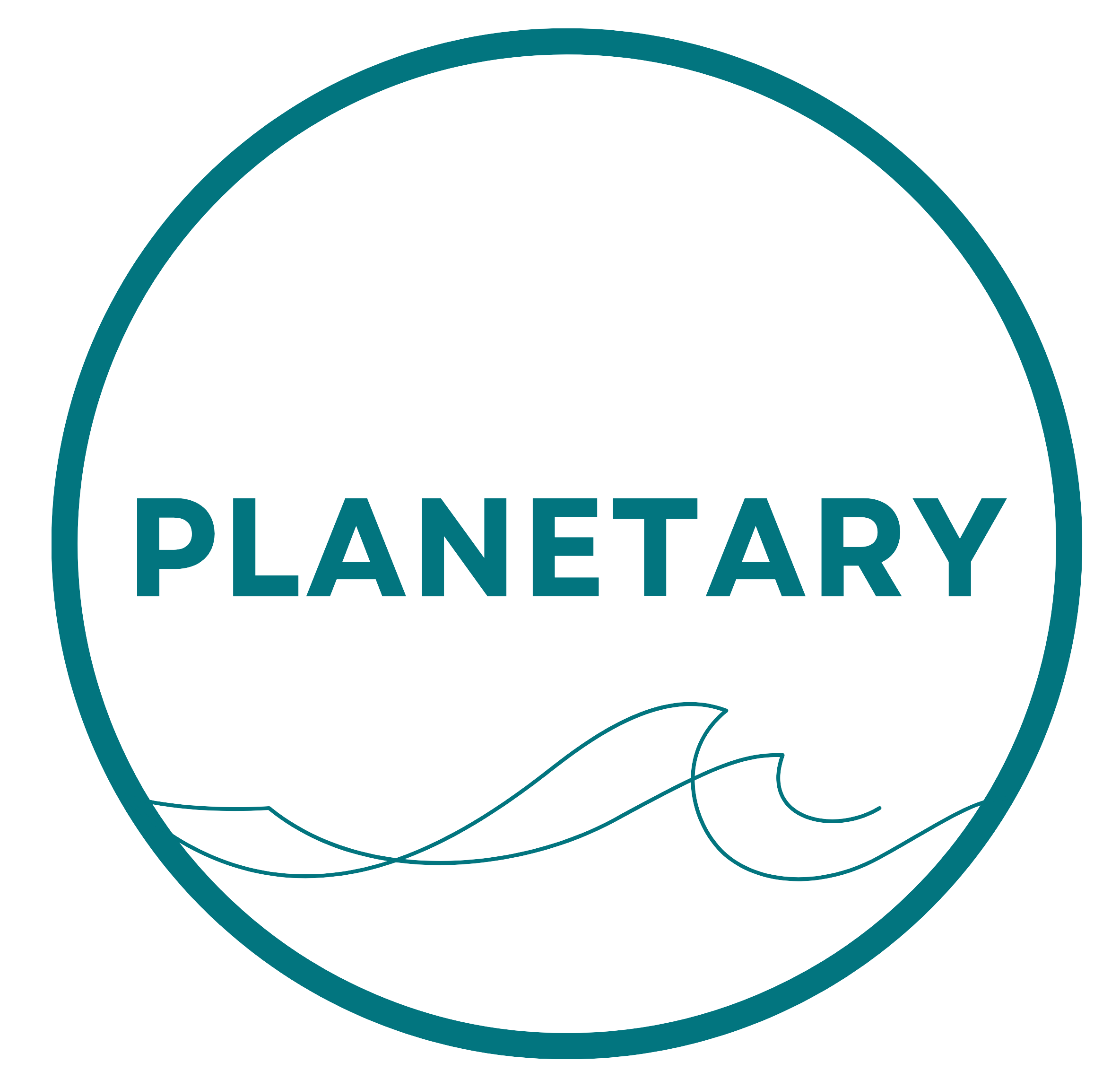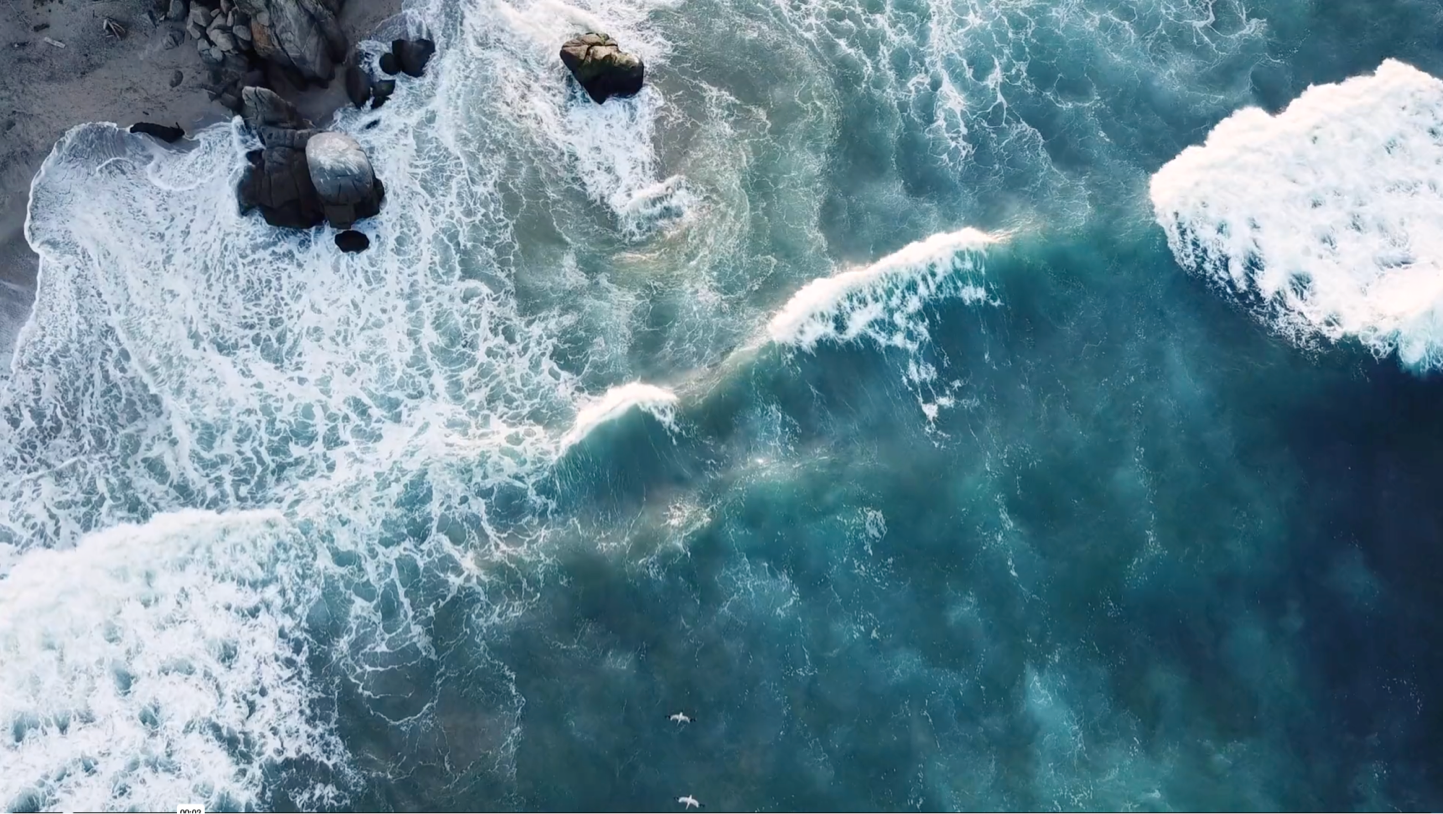The peer-reviewed results of the world’s first successful trial of coastal Ocean Alkalinity Enhancement (OAE) were just published in the scientific journal Nature Communications Earth and Environment.
The results of the test confirm the expected reduction of CO2 in the effluent and the rapid dilution after discharge. It’s a dramatic and clear measurement, showing that the biogenic CO2 in the wastewater is converted into carbonate and bicarbonate ions. Bicarbonates and carbonates are the long-term storage mechanism for carbon in the ocean and the building blocks of shells and bones, an essential component of a healthy ocean ecosystem. The lifetime of bicarbonate in the ocean is on the order of hundreds of thousands of years – essentially permanent carbon storage.

So, if we can measure the conversion of biological carbon into dissolved inorganic carbon – why doesn’t this count as CO2 removal, just like biochar or BECCS?
The challenge is that the wastewater CO2 reduction is a transitory effect, and does not tell us how much CO2 will eventually be removed from the atmosphere. To quantify that we need two more pieces of information; we need to understand what would have happened to the biogenic CO2 without this intervention – what’s called the “baseline” or “counterfactual” – and we need to know what effect this intervention has had on the exchange of CO2 between the ocean and the atmosphere compared to that baseline.

The effluent, its excess CO2, and the added alkalinity are all highly dispersed before the CO2 level in the ocean rebalances with the CO2 levels in the atmosphere. As a result, the eventual CDR quantity is determined by the ocean conditions (temperature, salinity, pH, etc.) at the location and time where CO2 drawdown finally occurs – potentially many months after the alkalinity addition.
As a result, it’s not enough to just measure the conversion of CO2 in a closed system into bicarbonate. That would be like just measuring the CO2 in a tank, and then using a leaky pipe to pump it underground. The boundaries are too tight, and it wouldn’t reflect the reality of how much the concentration of CO2 in the atmosphere was changed by the project.
Adding alkalinity in a closed system needs the same kind of MRV as adding alkalinity directly into the ocean. Ultimately we need to show that the activity has a stable and long-term effect on the atmosphere.
High integrity assessment of carbon removed through OAE requires that these important measurements are used as validation and input to a well-calibrated ocean model, perhaps supported by direct measurements of the transfer of CO2 between the ocean and the atmosphere if this becomes possible in the future. The ocean model can then be run to show how much additional CO2 is absorbed when alkalinity is added to the system. These measurements and models are critical components of Planetary’s v3 MRV and the recently published ICROA-certified Ocean Alkalinity from Coastal Outfalls v1.0 Protocol.
While the measurement of carbon conversion doesn’t tell the whole story, this paper represents foundational research that paves the way for the next step in the development of this critical climate technology.



